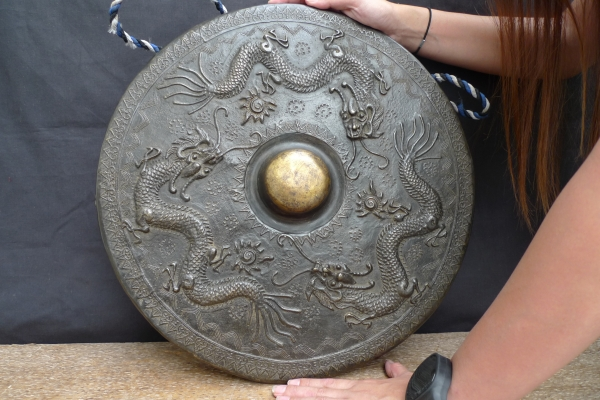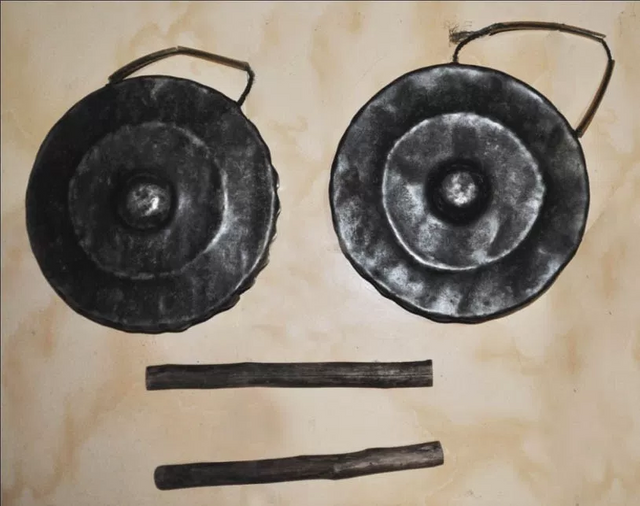Aramba, Traditional Musical Instruments from Nias of North Sumatra Indonesia
Hi all Stemians friends,
Did you know that in Nias there is a kind of musical instrument that is almost forgotten, his name is Aramba
Aramba is a traditional musical instrument originating from Nias, North Sumatra. Aramba is made of copper, brass or metal. This instrument is included in the type of idiofon and how to play it quite beaten by using wooden sticks.
In the past, when Aramba sounded his tone, it was a sign that a party was being held at the venue. However, at this time Aramba function is not just to enliven the party alone. Aramba is also used as a dance companion, such as the Ya'ahowu Dance, Moyo Dance and Tuwu Dance.
And, Aramba is one of the musical instruments made of tobacco, brass and also nickel, this instrument can be played by one person only, although this Aramba instrument is a traditional musical instrument Nias, but this instrument is not also made by the Nias community, but who made this instrument from Java. This traditional music instrument originated from northern Sumatra, this traditional musical instrument has an ideofon sound which means this instrument sounds from the basic material, how to use this tool simply beaten using a punch like a stick, this tool is has a resemblance to the gong instrument how to use it is also the same.
Mamӧzi Aramba is the activity of playing a set of Aramba musical instruments that indicate that a party in place. The party can be either Owasa or Fangowalu (wedding party).
This musical activity became one of the traditions in Nias culture that existed to this day, although slowly began to decrease. Generally, Aramba batter (Samӧzi Aramba) comes from the general public, not necessarily from certain circles. Usually played by men consisting of teenagers to adults.
At this time, mamӧzi Aramba is also applied as an accompanist of dances, such as dance Ya'ahowu, Moyo dance, and Tuwu dance. Traditional musical instruments are played in mamözi Aramba, namely gӧndra, Faritia (Canang), and Aramba (gong). Here is a brief explanation of the three instruments.


